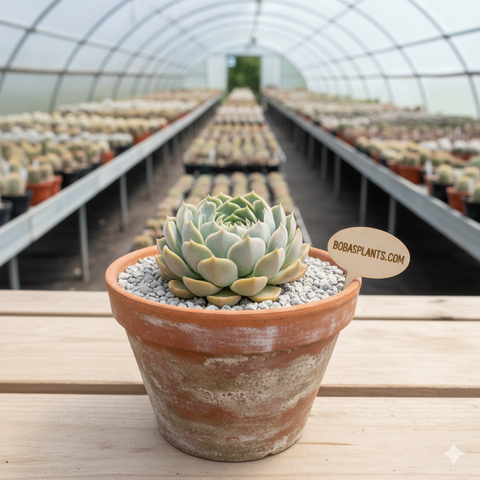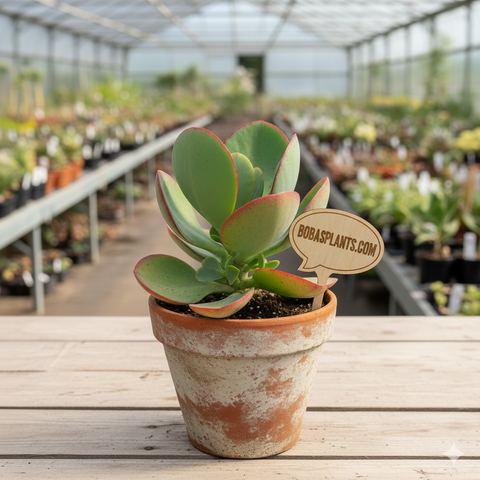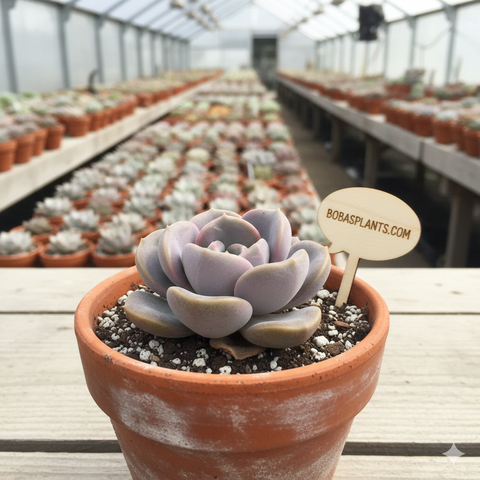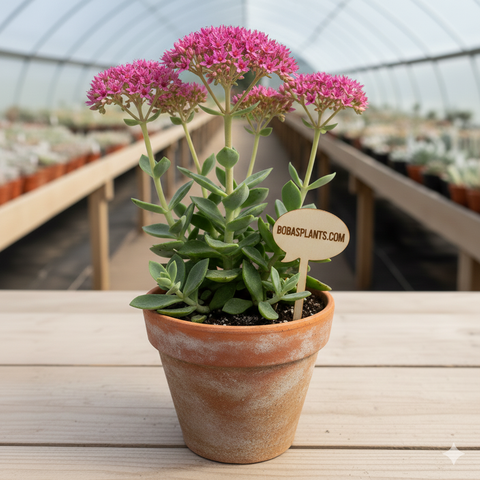Watch Chain
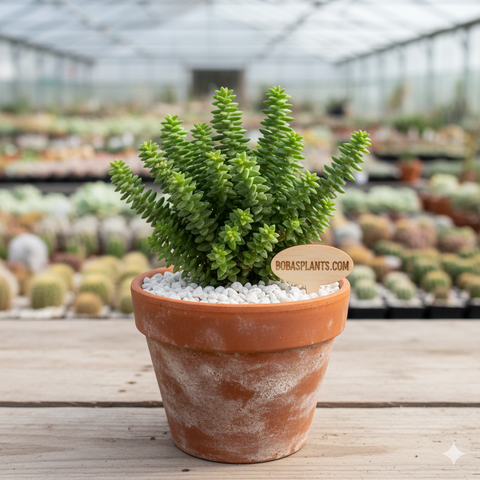
Description
Crassula muscosais a succulent houseplant species native to South Africa and the country of Namibia in Africa. This species is popular as a houseplant because it can withstand low temperatures and long periods of time without watering.
Watering
These plants have typical watering needs for succulents. Avoid overwatering by using the “soak and dry” method, where the soil is soaked with water, slowly drained, and left to dry out before watering again. Reduce watering in winter.
Fertilizing
Will benefit from a small amount of organic fertilizer in mid-spring when they start actively growing. Please remember, don’t fertilize it during its dormancy period, because too many nutrients that it can’t absorb may cause to its growth.
Light
While in summer, it needs a lot more water, and it should not be exposed to full sun, as it only values brightness but would suffer under excessive sunlight. When these conditions are not met, the plant begins to dry and stiffen, generally starting from the base of the stem up to the tips.A lack of sunlight will cause the stems and leaves to elongate and appear lighter in colour.
Soil
They are not particular about soil pH, but succulents require very porous soil with excellent drainage
Repotting
Watch Chain should be repotted during the warm season. It should ensure the soil is dry while repotting the plant. Any old soil must be shaken off the roots before planting the plant in a new pot. Any dry or damaged roots should also be discarded in the process.
Temperature
Watch chain is suitable to grow in mild temperature in spring and autumn, and does not have good resistance to extreme cold weather. If you are in a cold region, it is not recommended to plant it directly in the garden, but as a potted plant.
When the temperature is higher than 30℃ in summer, watch chain may enter its dormancy. When the temperature is lower than 5℃ in winter, it is recommended to move it indoors to avoid irreversible frostbite or even death. Its growing season is in spring and autumn, and it needs a little water; in summer and winter, when it enters the dormancy period, watering should be reduced.
Pests and Diseases
Watch Chain is vulnerable to typical diseases like mealybug invasions and fungal diseases. In addition, overwatering may cause the roots to rot.
Transplanting
The perfect time to transplant watch chain is from mid-spring to late spring, offering milder temperatures for better root establishment. Always choose a location with well-drained soil and partial sun. If needed, provide some transplant care by watering gently to avoid root rot. Happy transplanting!
